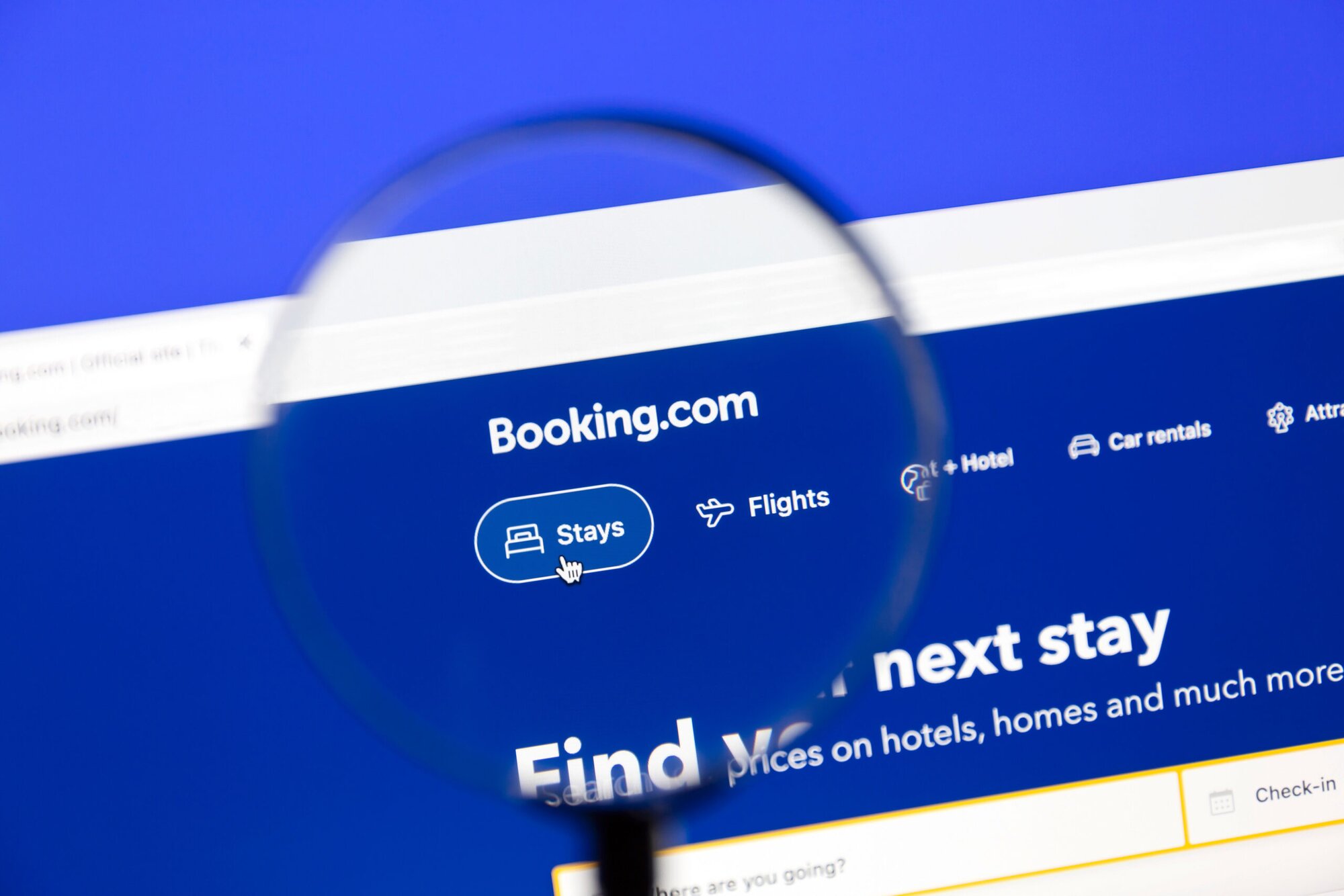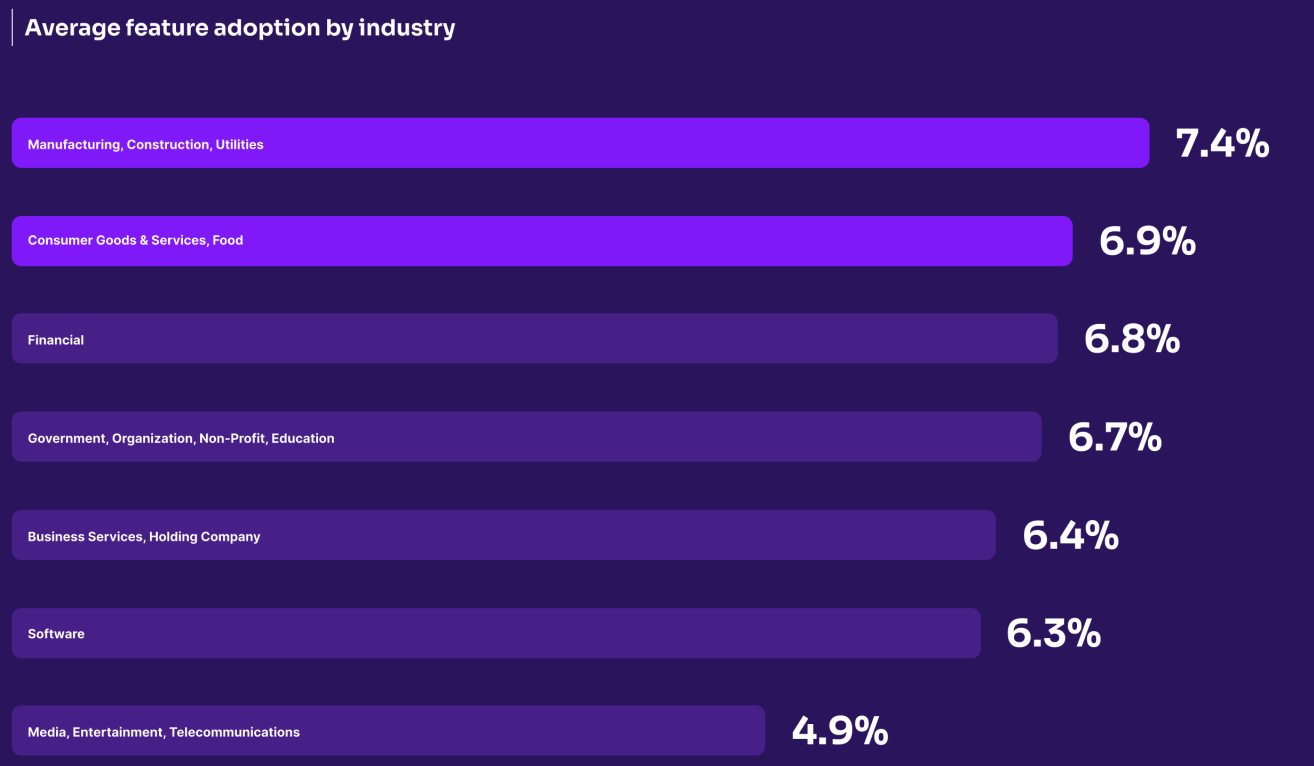Losing customers is hard, especially when you’ve worked so hard to win them. So what can product managers do to improve customer retention? What are the common challenges to look out for? We speak to some long-time product people to get their views and experiences.
In brief:
- Customer retention has a direct impact on company success
- Use both qualitative and quantitative data to assess customer retention
- Understand the value indicators for the product, if you're just measuring churn it’s too late
- Customer retention is an indicator of whether other metrics are working
- Measure and track key moments to improve retention
The fundamentals
Let’s start with some manifest fundamentals. Customer retention has a direct impact on company success. Businesses may focus on acquiring new customers because it’s the fastest way to grow, but acquiring new customers is expensive. It can cost five times as much to acquire a new customer than it does to retain an existing one. Holding on to customers and building relationships with them counts.
Today, data is everything, and there’s none better than first-party data customer data. “The data fuels everything, and it's about quality, not quantity,” says Andy Letting, Group Apps and Retention Lead at Kingfisher. “The reality is that if you're going to build relationships with people, you're going to need data, their personal data.”
This first-party data from customers is high quality and unique to the business, so it can give you a competitive edge, helping you to profile, target, and communicate with your customers. Maybe, as Andy says, if businesses focused on getting an existing customer to buy one more time in a year, rather than attracting new customers then the results could be outstanding. He cautions that while we have to really understand our data and understand our customers, we don’t really think about our customers. He thinks the ease of digital transactions often leads businesses to “pull the price lever”. He says: “I think we're losing the human values of relationships through digital transactions.”
The challenges of customer retention in business to consumer (B2C) businesses are different from B2B. Put simply, in B2C you don’t have a salesperson speaking to customers directly as you do in B2B. As Jonathan Epstein, Growth Product Manager at mobility app Free Now says: “There also tends to be more competition in B2C and in a very general sense it’s more difficult to monetise and to get revenue in B2C.” The route to profitability is much clearer in B2B, Jonathan adds, get a few good clients to use your platform, and you can be profitable—though you still need a scalable solution because you can’t build a sustainable business on one or two clients.

Measuring customer retention
Stephanie Tanzar, Product Management Leader at software platform Pendo, comments that there are very few financial metrics that product people can truly control. She sees retention as the leading indicator to pair to churn. “Retention gives you a leading indicator that says your customers are not coming into your product on a regular basis, and you might have some issues.”
Jaser Bratzadeh, Executive AI Product Manager at Vodafone Germany, points out that customer retention is an indicator of whether your other metrics are working well or not. He says: “I would suggest first starting implementing metrics and measures around your churning customers. Understanding their reasons to churn will reveal your most important deficiencies and can show where you have to act first.”
First focus on the qualitative, advises Jonathan Epstein. There will be reviews – app store and customer reviews, feedback from support, tickets, NPS scores, customer success calls – all are indicators of whether users are having a good experience and are satisfied with the product. “There’s a correlation here,” says Jonathan. “You can extrapolate that if we continue down this path, people are most likely not going to be coming back to our application or product.”
Any quantitative measurements depend on how retention is defined and what is appropriate and significant for the product. Is 7-day retention deemed a success, or is it 30 or 90 days, or something else? Jonathan explains: “You might for example say that 14-day retention is significant rather than seven days. Who's to say that a user needs to come back to the application in that same week when 14 days provide more insights. A product like Facebook or TikTok needs a user to come back within the first seven days because that's how they get sticky, whereas a grocery delivery app might be more like every 14 days.”
There are other indicators that may give a more real-time view of retention, and it’s important to focus on the entire funnel, says Jonathan. It’s also important to make sure you’re measuring the right thing at the right time, and periodically re-evaluate what you measure. “It depends on your position and what your goals are,” he says. “Sometimes there might be vanity metrics that might not help your main goal. It's definitely harder to really look at and see whether there’s something that will move the needle.”
Artificial intelligence (AI) is increasingly being used to help with retention, to identify customers at churn risk, understand their needs to come up with a proper offer to stay, and so on. Indeed, Jaser Bratzadeh has been working in AI for the last seven years and says it can only help a smart human assistant for retention marketing. He says: “The creativity needed to keep a customer loyal remains a task for humans.” It also needs the problem the company was solving to remain a problem for the customer and is not suitable for early-stage companies, given that a certain amount of customer interaction history data is needed for AI techniques to be usable.
Read How AI Is Changing The Product Management Job Description by Mayukh Bhaowal
Look at value
Product growth coach Dave Martin adds that while normal churn measurements, such as drops in subscribers, payments and so on, are easy enough to measure, they're not helpful as a live metric because it’s too late by the time they’re measured. “I think in the product space we have to instead measure whatever we believe to be our value indicators,” he says.
Dave works on strategy with product leaders to build out a product value creation plan. These are the value indicators which if positive, mean customers are getting value from the business, and that the business will grow. He suggests that a good value indicator to start with is the DAU/MAU ratio, daily active users divided by monthly active users. If this is regularly tracked then it will show when problems start to occur. It’s not applicable if product consumption is ad hoc, and then the business must think about what other value indicators could be. “When I coach people on this, I get them to think about what their event triggers are, and where they believe derive value,” he says.
Dave says that, in his experience, B2B businesses often focus on the wrong thing. Because the product function is still developing, the business hasn’t defined its value indicators, or they’re assumed and not written down. He says: “The biggest indicator for attention is always usage. Is the customer gaining value in the biggest way?” He finds time and again that as a founder steps back from the day-to-day they worry things will slow down – that the pace will slow down but not that the wrong things will get built. That encourages a behaviour of measuring output, not measuring outcomes, he says.
Listen to Outcomes Over Outputs – Josh Seiden on The Product Experience
In B2B, where contracts are often annual or even multi-year, it’s important to remember how long a customer’s contract has left to run and to make sure that you’re speaking to the right people. Dave cites one of his clients who recently lost a sizeable customer – it evaluated an alternative product and signed up with a competitor. The customer had received plenty of attention but the account teams had been talking to the users, not the buyers. “The buyers wanted to support a new feature. They asked if the product could do it, and the answer was no. So they went off and found a competitor.” Talking to the buyers is a crucial element for success in retaining B2B customers, he adds: “For B2B businesses with large contracts, account management needs to understand customers’ future intentions. You need to be capturing that by not just talking to the people who click the keys.”

What causes high churn rates?
Most commonly, says Jaser Bratzadeh, churn is caused by poor customer service, unresolved technical product issues, and a lack of product/market fit – the product doesn’t solve the problem it sets out to solve well enough.
In Dave Martin’s experience, there are a couple of crucial elements in B2B products that are often ignored and can contribute to high rates of churn. One is the onboarding process, especially at the small business end of the market, and “too many companies don't spend enough time making sure their onboarding process sets the customer up for success”. The process is usually automated, as he says, “you know you're not talking to a person, you're going through some journey that product managers and the designers have created online to teach you to use the products”. If onboarding isn't good enough, then customers won’t get the value they expected to get from the product and will churn quite quickly. Such customers will probably churn within three months, he says, so typically they’re not held onto long enough for the company to make a profit from them.
Another element is the mistaken expectation that the customer will be proactive. Says Dave: “Customers aren’t proactive, but it’s amazing how often people expect them to be.”
How do you improve retention?
Stephanie Tanzar says improving retention means you must define the key moments that ensure that your customers will regularly come back to your products: “What’s the feature that makes your product sticky, and how do you drive customers to it as quickly as possible?.” There are some well-known North Star metrics for common products, for Spotify, it’s time spent listening, for AirBNB it’s the number of nights booked, and so on. “For Pendo, the installation of our JavaScript snippet is one feature that makes it become sticky, because you get to see your data flowing into the system, and you realise you’ve lost the stress of ‘did I measure everything?’.”
Pendo did some work last year on its own key “aha” moments. Stephanie says there were two teams, one focused on gut instinct and what they thought were key moments while the other focused purely on the data, looking at the features that had both high adoption and high retention. Then they combined the two lists and picked about six events that had high retention and high adoption and that they felt were truly impactful and meaningful for the product’s users.
She explains: “Once you have those outlined you can start to track and understand how to create onboarding materials so that you push users to those features quickly. You can look at how you reduce the time to first use so that it takes a user, say, three days to discover that moment instead of, say, seven days. And then look at the impact that has on retention.”
She says Pendo found it was a great way to select the right features and capabilities to measure and track, but adds that it takes a lot of effort and discipline to measure them on a regular basis.
Like our other commentators, Stephanie recognises that retention is a difficult field for product managers. It’s multi-faceted and just one of the huge demands put on product people. As Dave Martin puts it: “Retention is not easy. If it was, we'd all be unicorns.”
Cracking customer retention
Below are some recommendations from the long-time product people we spoke to on ways to make sure you retain customers:
- Do remember that retention is difficult to master and try to go for small, consistent, iterative improvements
- Do remember we’re in a customer-led world and that people have choices. So keep up a dialogue to your customers – both the users and the buyers. Tell your customers what you’re doing and why you’re doing it
- Do make sure you understand what retention means to your market, and that you understand the market’s tensions and levers
- Don’t try to release the biggest best new feature, or opt for a “default” action like introducing the latest fashionable feature. It will likely be expensive, many of your users won’t even notice it, and you won’t get the increase in retention you were hoping for
- Do look at your data points, understand the different levers in your own product that unlock retention and optimise them
- Do make sure you’re looking at the right metrics – user growth overtime won’t tell you anything about retention for example
- Don’t obsess over the right metric – if you spend all your time looking for the perfect metric or you may find you don’t really measure anything
- Do work to define those key moments that make your product sticky
- Don’t expect your customers to be proactive
- Do humanise the process, engage with your customers in a non-transactional way, and involve them in the product. Remember that your customers can communicate with you across many channels so be ready to respond promptly across all of them







